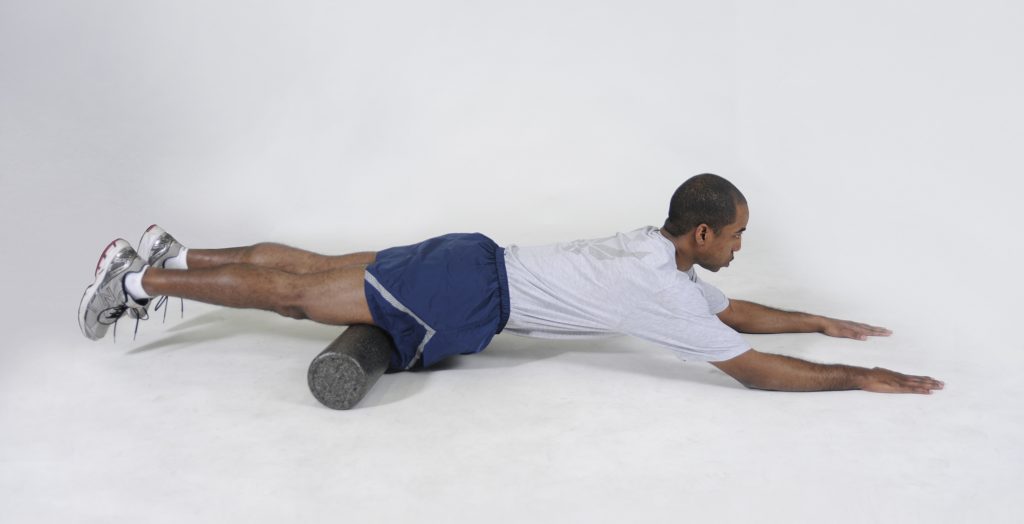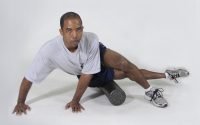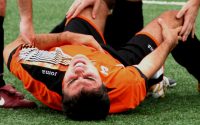Cross education acute effects of foam rolling with vibration on ankle dorsiflexion
Foam rolling has been studied and showed to increase muscle flexibility. Foam rolling also produces a cross education or cross-over effect, meaning rolling a leg can affect the range of motion of the contralateral unrolled limb.
A study from Spain explored further the effects of the application of a foam roller on the ankle dorsiflexion mobility. It also examined the effect of vibrating foam roller applied to the ankle plantar flexors muscles.
Thirty-eight undergraduate students participated in the study (19 males and 19 females). The participants were allocated to each of the three treatments (3 sets of 20 s) in random order: 1) foam roller, 2) vibrating foam roller, and 3) no foam roller or vibration (Control). All treatments were applied to the dominant leg, separated by at least 48 hours and were conducted at the same time of day. Ankle dorsiflexion ROM and plantar flexor were measured in both legs before and immediately after the treatment.
The results showed that foam rolling caused an increase in ankle dorsiflexion ROM in the treated and contralateral untreated limb. Ankle mobility was increased 6-7% with the application of either Roller or vibrating roller. However, maximum voluntary IC was not affected by foam roller. The addition of the vibration stimulus with foam rolling did not further increase ROM compared to foam rolling alone.
The authors concluded that foam rolling with and without vibration increase ankle mobility and produced a cross-education effect.


